35+ Sample Case Study Analysis
-

Generic Case Study Analysis
download now -
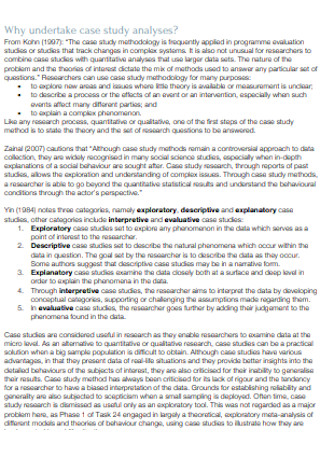
Sample Case Study Analysis Template
download now -

Case Study Value Chain Analysis
download now -
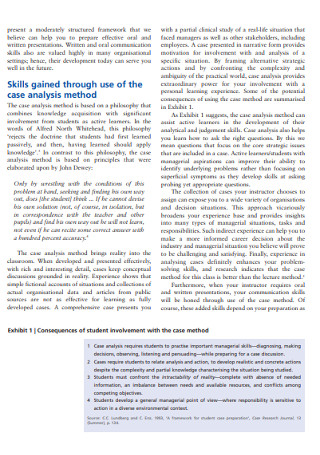
Basic Case Study Analysis Template
download now -

Case Study Skills Analysis Template
download now -
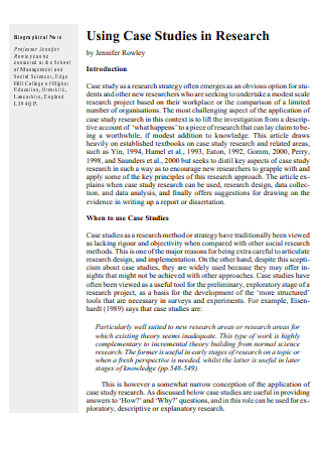
Case Study Research Analysis Template
download now -
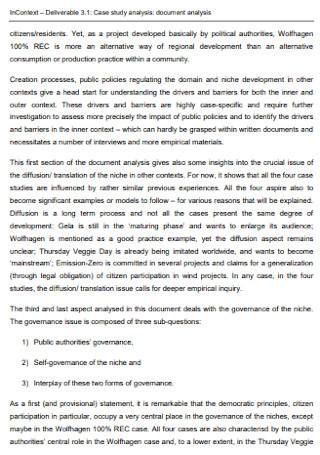
Simple Case Study Analysis Template
download now -

Case Study Quantitative Analysis Template
download now -

Case Study Data Analysis Template
download now -

Estimation Techniques Case Study Analysis
download now -
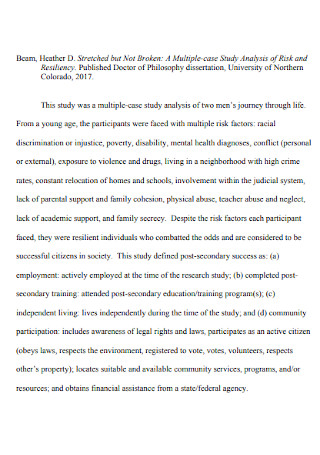
Multiple-Case Study Analysis
download now -
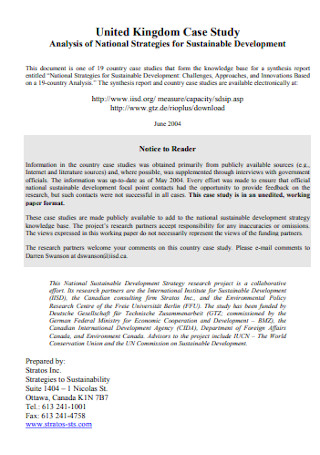
Case Study Strategies Analysis
download now -
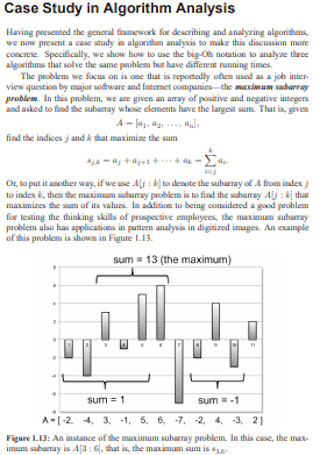
Case Study in Algorithm Analysis
download now -

Investment Analysis Case Study
download now -
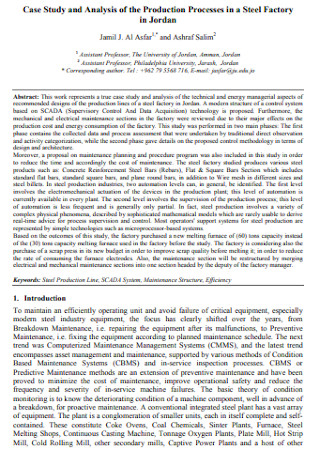
Case Study and Production Analysis
download now -
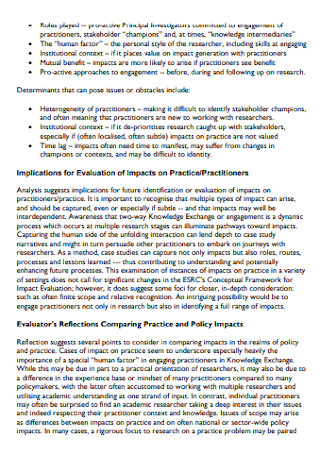
Case Study Research Analysis Example
download now -

Project Case Study Analysis Template
download now -

Case Study Family Impact Analysis
download now -
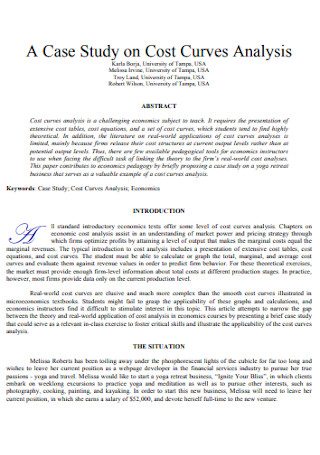
Case Study on Curves Analysis
download now -
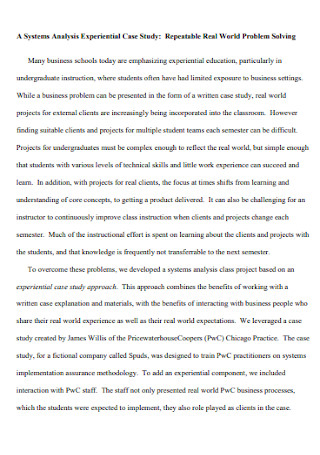
Case Study Experiential Analysis Template
download now -

Case Study Taxation Analysis
download now -
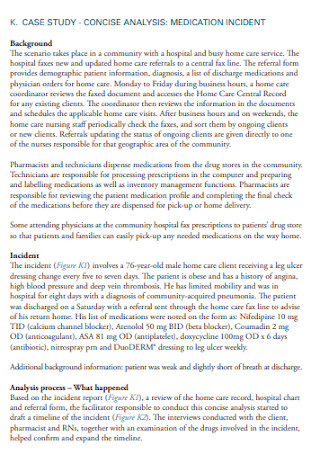
Case Study Medication Analysis
download now -
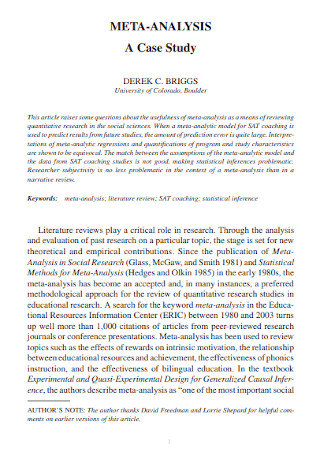
Meta Case Study Analysis
download now -

Case Study Health Care Analysis
download now -
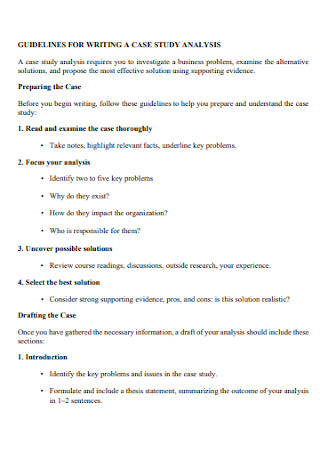
Case Study Institute Analysis
download now -

Bank Case Study Analysis Template
download now -

Case Study Smartphone Analysis Template
download now -
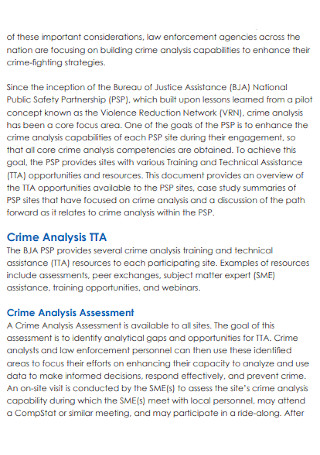
Crime Analysis Case Study
download now -

Case Study Exercise Analysis
download now -
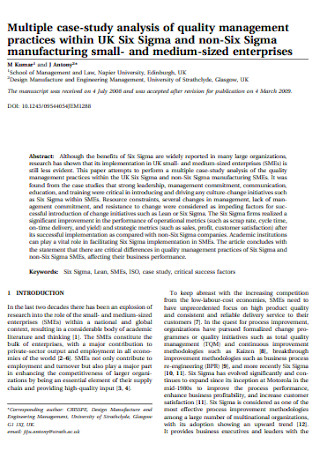
Multiple Case Study Analysis Template
download now -

Marketing Case Study Analysis
download now -
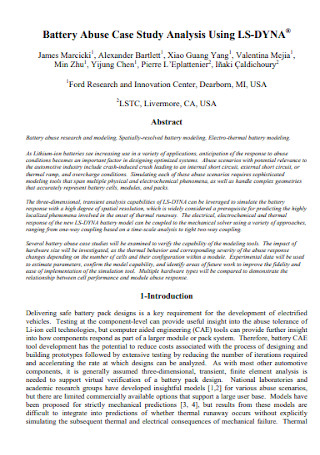
Battery Abuse Case Study Analysis
download now -
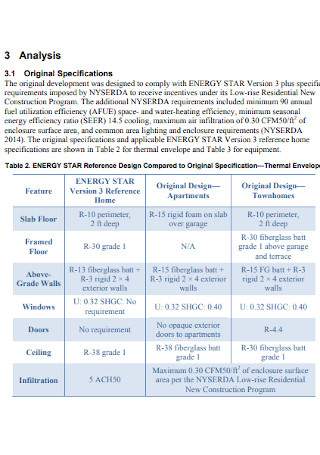
Multifamily Case Study Analysis
download now -
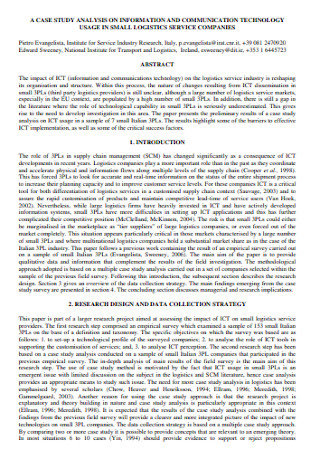
Company Case Study Analysis Template
download now -

Teaching Case Study Analysis Template
download now -

Evaluative Case Study Analysis
download now
FREE Case Study Analysis s to Download
35+ Sample Case Study Analysis
What is a Case Study Analysis?
Examples of Case Study Analyses
Types of Case Studies
How to Write a Case Study Analysis
FAQs
What are some examples of case study analysis?
What are the different types of case studies?
Why is case study analysis essential in social research?
How to write an effective case study report?
How long should a case study analysis be?
What is a Case Study Analysis?
A case study analysis is a comprehensive, factual, and logical assessment or investigative report that displays an all-inclusive analysis of a specific subject, topic, project, product, or organization. It is one of the excellent and important business documents to point out the relationship between a particular subject, project, product, or service and its customers or users. Business analysts, project managers, researchers, medical professionals, and other professionals use this document to share real data and results with striking visual representations to lay the foundation for the content.
According to a 2022 statistical report, almost 50% of SaaS business firms and companies state that case studies are very effective marketing tools in increasing sales. The majority of marketers highly consider case studies as the most exceptional marketing tactic to boost sales compared to primary website content, blog posts, SEO, social media, and other marketing tactics because they tell resonating stories with solid goals and purposes. Thus, all types of analysts, project managers, researchers, software engineers, architects, interior design specialists, product developers, psychologists, and other business professionals must be able to craft case studies and prepare a well-coordinated case study analysis and quantitative data analysis report.
Examples of Case Study Analyses
Help your clients and users to see and understand solutions to their concerns and problems. This is the main purpose of creating well-written case study analyses for different fields and subject areas such as architecture, business, education, marketing, psychology, and social research. Familiarize yourself with some notable examples of case study analyses used by professionals in different fields and sectors.
1. Architecture Case Study Analysis
Aside from writing a compelling architectural design proposal, students who major in architecture design conduct an architecture case study analysis to assess the reason behind the form or structure of a particular building and how it merges with the surrounding environment. It is an integral part and starting point of any design project when you come up with an initial iteration of your building. Case studies in architecture give some kind of purpose to your project as you research and understand wide-ranging concepts that other architects have utilized. In this way, you are able to integrate the same rules and ideas into your own project with your personal style. If you are a beginner in creating an architecture case study analysis, you need to look for interesting and unique parts of the project that may or may not apply to your design work.
2. Business Marketing Case Study Analysis
There is enormous competition in the corporate world as many small enterprises and startups need to step up their game to prove their originality and significance to the people. That’s why many business analysts and marketing specialists perform a business marketing case study analysis to showcase a successful partnership between a brand and its client or to examine a specific project of a brand or business. Apart from a marketing business report and marketing business plans, an engaging business case study analysis acts as social evidence to assist customers in deciding whether they will choose your brand and your competitors.
3. User Research Case Study Analysis
A user research case study analysis is conducted to illustrate the value you provide to an organization while providing a careful reflection of the work you have accomplished in the past to allow your audience to obtain a step-by-step understanding of how you approached your project. Include these important areas in a user research case study and a user research report: context, your role, project timeline, research statement and goals, research methodology, recruitment criteria and process, sample questions asked or usability tasks, analysis and synthesis process, outputs/deliverables, impact, additional steps, recommendations, and reflections.
4. Psychology Case Study Analysis
Develop a psychology case study analysis when focusing on a particular cognitive or mental health subject or when examining human behaviors. It is a fundamental part of psychology to create case reports about similarities between humans and to perform further research to elaborate on a solution concerning a behavioral disease. For example, the American Psychology Association has extensive and in-depth reports of psychology case studies on real-life clients made by psychologists, psychiatrists, and therapists.
Types of Case Studies
Specific research fields are required to create case studies such as education, healthcare, medicine, interior design, user experience, and social work. With a detailed case study analysis report, business analysts, educators, marketing specialists, medical researchers, social workers, and psychologists can determine and investigate their case studies thoroughly. What are the types of case studies that they generally use?
How to Write a Case Study Analysis
Are you struggling in developing an accurate, in-depth, and systematic case study analysis report? Consider the basic steps on how to write an effective case study analysis to accomplish your case study and analysis work.
Step 1: Create an Introduction
You need to have a clear and noteworthy idea of what is particularly interesting and unique about the case study you want to analyze. So, make a thought-provoking introduction to convey your main idea and purpose to the reader. Describe the case study in a historical or social context. The introduction must be consists of one or two sentences to explain the context of the case briefly and summarize the overall article. Cite the reference each time you refer to a previous case study.
Step 2: Present the Case Study
Describe the issue or problem of your case study. Include the important details that you collected from other previous case studies. Don’t include every detail because you only need to add the important details that helped you in analyzing your case study. If you are writing a medical case study, display the patient information in a narrative form with full sentences that summarize the outcomes of your research questions and describe the results of the clinical examination.
Step 3: Provide the Solution and Implementation
Explain the solution you will carry out to assess the needs and problems of your customers. Also, tell them how you will implement the solution as you prioritize bringing satisfaction to them. Describe the process in your case study and show them how the implementation process works.
Step 4: Discuss the End Results
Write a thorough discussion of the case study analysis and the end results. Include some fundamental metrics, numbers, and solid data. Also, share the qualitative outcomes and explain the benefits to the customers of your project, product, or service highlighted in the case study analysis.
Step 5: Proofread and Revise the Analysis
Check the overall format and outline of your case study analysis report. Include all the major components in your case study analysis report such as the problem statement, comparative analysis, solutions, case investigation, and recommendations. If you notice that you overlook some areas that need sufficient points, proofread and revise the entire case study analysis report immediately.
Step 6: Finalize the Case Study Analysis
After editing and revising the case study analysis, finalize the case study analysis report. Add some essential notes and other citations that you need to support your case study in the last part of your case study analysis report.
FAQs
Some examples of case study analysis are case study research analysis template, case study skills analysis template, case study quantitative analysis template, case study data analysis template, estimation techniques case study analysis, multiple-case study analysis, case study in algorithm analysis, investment analysis case study, case study family impact analysis, case study experiential analysis template, case study medication analysis, marketing case study analysis, education case study analysis template.
The different types of case studies are collective case studies, descriptive case studies, explanatory case studies, exploratory case studies, instrumental case studies, and intrinsic case studies.
Performing case study analysis in social research and other fields and subject areas is essential because it brings the opportunity to acquire better knowledge and in-depth insight into the subject at hand and lowers the possibility of having any bias in your research work.
When writing an effective case study report, it is fundamental that you introduce the main topic of the report. Then, highlight and elaborate on the purpose of the case study. Next, construct a compelling outline of the primary issues and findings without the specific information and determine the theory applied in the study. Lastly, develop the best executive summary of worthwhile recommendations.
Based on the standard guidelines about writing case studies, a case study analysis should be 5oo to 1,500 words in length.
What are some examples of case study analysis?
What are the different types of case studies?
Why is case study analysis essential in social research?
How to write an effective case study report?
How long should a case study analysis be?
Structuring a clear and systematic case study analysis for your business or project in architecture or other critical areas is a valuable method for deriving meaningful conclusions from the data, recording a distinct chain of evidence, demonstrating comprehensive explanations of vital concepts and issues, and scenarios that lead in different directions. It also allows project managers, analysts, and researchers to prove the value of their case studies. Easily access and download from our diverse collection of sample case study analysis report templates such as case study skills gap analysis templates, case study quantitative analysis templates, interior design case study data analysis templates, marketing case study analysis, and many others.
